Just when I think the robin can’t hold any more grass in its beak, it leans over and picks up one more piece before flying to a nearby tree. Without any guidance, the robin knows exactly what materials to collect to build its nest and how to construct its nest.
Nests are not random creations because all birds of one species tend to build the same type of nest with similar dimensions and materials. For example, American robin nests are deep cups constructed of mud and grass usually in the fork or crotch of a tree. There are exceptions like robins nesting on rail fences or in wood sheds but you wouldn’t find a robin nesting on a gravel bar.
Birds instinctively know how to construct a nest and where to construct it. Nests can be as simple as a scrape in the dirt to massive aeries weighing two tons. No matter the nest, they all serve the same purpose–keep the eggs and hatchlings warm and safe from predators.
The simplest form of nest is the scrape which is a small area cleared for eggs. Scrape nests are used by most shorebirds, terns, many ducks, pheasants, quail and some falcons. Terns and killdeer make a scrape nest among small rocks and rely on the speckled eggs to keep them camouflaged from predators.
Mallards also use scrape nests but often line it with grasses or other soft materials. Many birds line their nests with soft materials for the eggs and hatchlings.
However, some birds don’t even clear an area for a nest. Some raptors and owls just lay their eggs in a safe place, such as on isolated ledges or in small caves on a cliff. Their eggs are often pointed so they roll in a circle instead of rolling off the ledge.
The most common type of nest is the cup nest. Most songbirds, hummingbirds and swifts build cup nests. Cup nests are built with pliable materials, such as grass, to make a well-insulated nest. Robin nests are a familiar cup nest as well as barn swallow nests.
The middle layer of a robin’s nest is mud and is shaped just right by the female sitting in the partially constructed nest and rotating her belly around while the mud is still moist so it can be smoothed and shaped.
Barn swallows also use mud to build their nests but their nests are made of mud pellets mixed with grass, straw or hair and then attached to a vertical surface. Collecting mud is no small feat and one barn swallow made more than 1,200 trips to construct its nest. Swallows then line the nest with feathers or hair.
Hummingbirds build the tiniest of cup nests using fine plant material held together with spider silk. As if the small size wasn’t enough to make the nest hard to find, hummingbirds camouflage the outside of the nest with moss or lichen.
Often cup nests aren’t seen until the leaves fall off the tree or shrub. Most cup nests succumb to the elements over the winter and some of the materials may be utilized the next spring when most songbirds build a new nest (though some birds, such as robins, may reuse their nests).
Other types of nests are reused more often than cup nests, including those of eagles and woodpeckers. Look in next week’s column to find out about these nests and other types of bird nests.

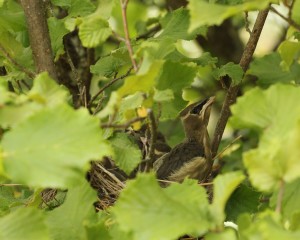
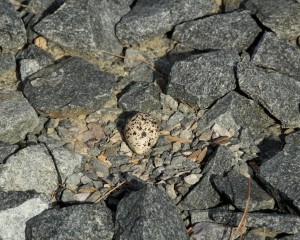
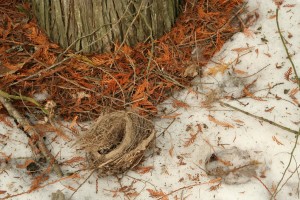
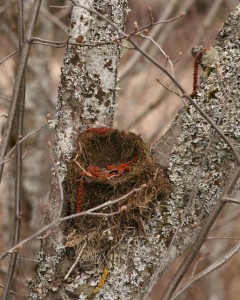
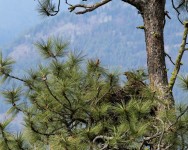
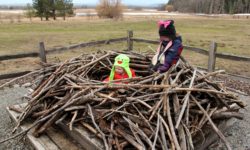
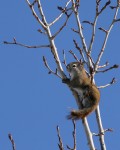
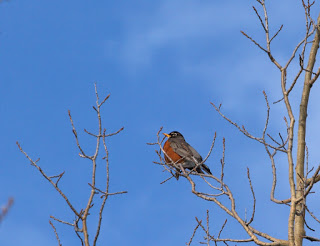
I found by my garage on the ground this nest of bird eggs. I didn’t know many birds in n Idaho build nests on the ground. I pulled up a black tarp and foun the eggs. I didn’t touch and I hope momma will return. Can you identify this bird please.
Thank you.
Here is picture of the eggs
Hi Connie,
I wish the picture would have came through. Without a photo, my guess would be killdeer eggs as they are ground nesting birds.
Hopefully you will catch a glimpse of the mama bird returning.
Laura